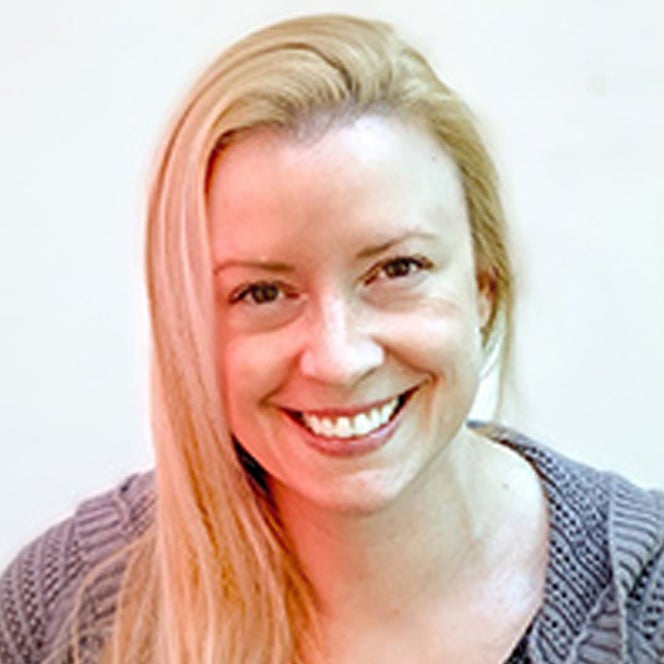By Jazlyn Olmedo
OPWL student, Jill Pearson, published an article, “Engaging A Belief In Learning Styles To Encourage A Growth Mindset,” in Performance Improvement. Her article aims to help HPI professionals understand the power and benefits of adopting a growth mindset to shift perspectives about the learning styles myth.
OPWL student Jazlyn Olmedo interviewed Pearson about her article and her experiences in OPWL. Pearson is a learning and development professional who began her career as a classroom teacher, then moved into instructional design and development for private education companies. She has since spent almost 20 years working to improve organizational learning and team-member performance.

OPWL student Jazlyn Olmedo interviewed Pearson about her article and her experiences in OPWL. Pearson is a learning and development professional who began her career as a classroom teacher, then moved into instructional design and development for private education companies. She has since spent almost 20 years working to improve organizational learning and team-member performance.
Pearson decided to join the OPWL program to advance her career to the next level
Pearson explains, “I had a lot of experiences, but because I took a detour, I felt like it was a bit hard to connect them to present myself as just a really great candidate for a job at the level I was looking for.” Pearson has always had a love for learning and school, so the decision to pursue a graduate degree was an easy one. Once she found the OPWL program, she absolutely loved every aspect of it and decided to shift to a full-time student in January of 2019. She is now expecting to graduate this December 2020 with her Masters of Science in Organizational Performance and Workplace Learning.
Pearson got the idea to write her article when recalling the constant insistence trainees had about their preference for certain learning styles in her previous workplace. She realized these trainees were not allowing themselves to approach learning opportunities with an open mindset to really enhance their learning. She explained, “you might prefer to read a book. It doesn’t mean that’s necessarily the best way for you to absorb information. What matters much more is what kind of information it is.” Pearson emphasized the reality that we don’t often have the opportunity to choose how we learn something. “If they go into a learning situation with the idea that their mindset and their learning abilities are fixed, it will be a self-fulfilling prophecy. The point is that with effort and the hard work that comes with trying to succeed, you will be able to do so much more than you believe you can and that includes learning in different ways.”
Pearson saw writing the article as an opportunity to share her insights with HPI practitioners who might face others in workplace learning situations that had these limiting beliefs as well. She knows that it is challenging to combat this persistent belief in the learning styles myth and found that growth mindset could hold the key. “We have to be super careful about how we disagree with someone who has a long held belief. These beliefs are very long held.”
Pearson admitted she once believed that the learning styles theory was valid. Her undergraduate education program stressed using learning styles to teach children: What I learned is that you need to have different stations in your classroom and you need to take the same content and your students who are auditory learners, you should have something for them to listen to, your students who are kinesthetic learners, you should have a game for them to play. When I went into the elementary education program, I was supposed to set up my classroom to meet the needs of every learner. Pearson quickly learned that there’s no way that a teacher can actually teach to every single student in the classroom. She observed, it is just as the same with adults, “there’s no way that a trainer can adapt their training to meet each individual person’s learning preference.”
Pearson had great advice for other OPWL students and future students thinking about pursuing the OPWL program.
I think you get out of it, what you put in it. Even though none of the projects I did were formally associated with my organization, still I was able to draw comparisons every single week between what I was learning and what I was doing. You have to slowly bring people along. I was able to do small cause analysis projects and things like that really allowed me to really use my HPT knowledge and show the company what was possible. I didn’t expect them to just derail the entire system that they had set up because that’s unrealistic. So use what you can, but have realistic expectations.
We asked Pearson what her next steps would be upon completion of the program in December
“I went to the program so that I could get an amazing job and I have now gotten that amazing job with the help and connection of the OPWL program.” Pearson has also thought about the possibility of trying to become an adjunct professor and teach. She says that part of her still feels the need to stay in academia. She is also hopeful for new opportunities to continue writing journal articles and is looking forward to her article, published online in summer 2020, to come out in print.
Learn how to apply to the OPWL program
About the OPWL Program
The Organizational Performance and Workplace Learning (OPWL) program helps prepare students for careers in the areas of instructional design, training and development, e-learning, workplace performance improvement, organizational development, program evaluation and performance consulting.